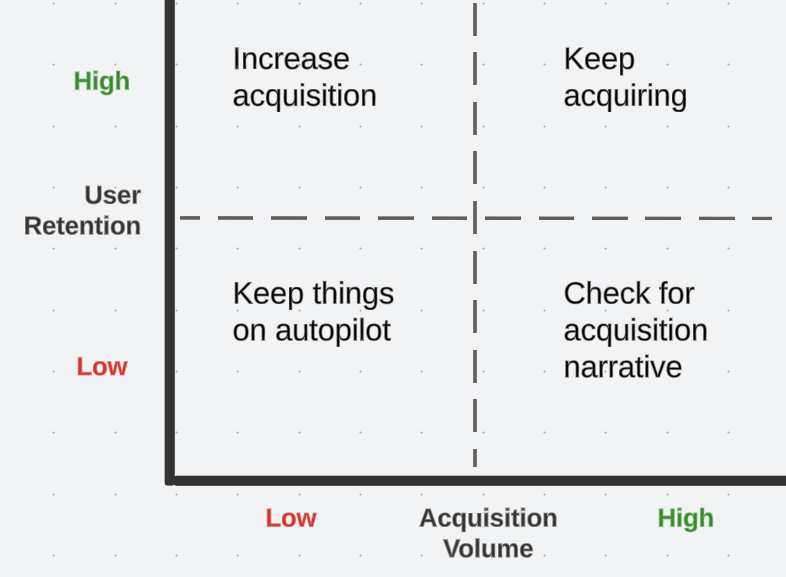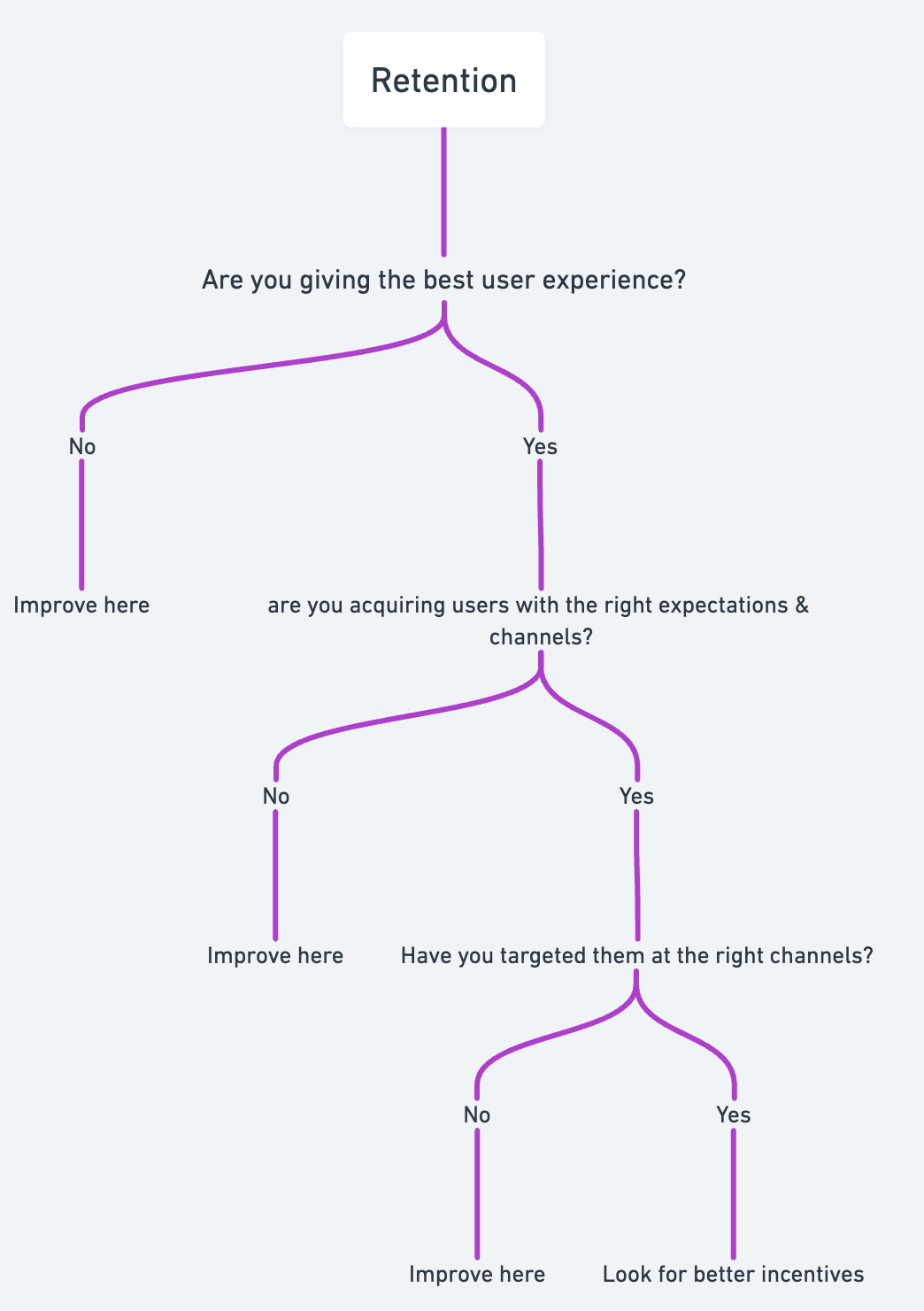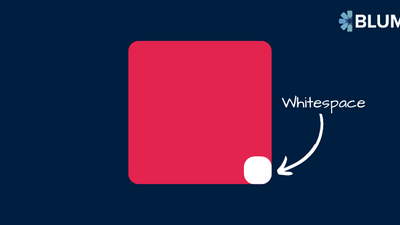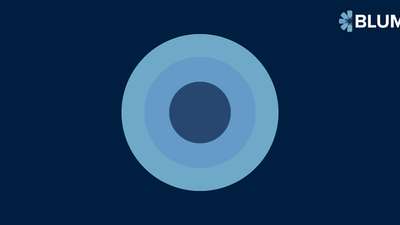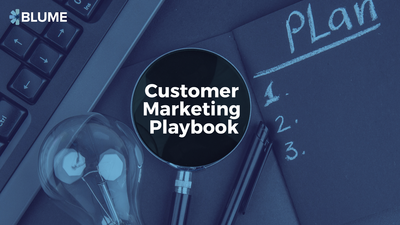LTV/CAC is one of the most important metrics tracked by consumer tech companies. Increasing a user’s Lifetime Value (LTV) and reducing their Customer Acquisition Cost (CAC) improves a platform’s unit economics. I’ve already written about driving revenue through performance and influencer marketing. In this post, I will address improving LTV as few resources are available on this topic.
As someone who’s driven more than Rs 10 crore+ in repeat revenues monthly, I believe increasing a user’s lifetime value does not have to be very tough. Before diving into technical explanations, remember retention is simple. If your customers love what you offer, they'll come back. If not, they won't.
In this primer, I will cover strategies to increase LTV for consumer platforms effectively. It's useful for anyone starting a scalable retention motion or needing a fresh perspective on their retention strategies. Let’s dive in.
How to think about user retention?
There are 4 levers that drive user retention. In this article, I will dive into each one:
- Controlling user experience: A user who has a great experience on the platform will always have higher odds t return.
- Controlling User Acquisition: Retention relies on the expectations set during acquisition.
- Marketing Strategies: Outbound strategies can effectively bring back users to the platform.
- Incentives: This should be the last resort because they're irreversible and users get used to them easily. There are techniques to do this in a controlled way, which I’ll cover later.
There are many factors that drive repeats, but these 4 are a good starting point and relatively easy to execute. I’d suggest fitting these frameworks to your platform & tweaking them for the best results.
Controlling User Experience
“First impression is the last impression” and this applies to your platform as well. Here are a few things to watch for in a user’s first experience:
Monitor Platform Experience
Platform usability: Ensure all user flows work properly. A glitch at the payment gateway, subscription page, etc., can really end up deterring users from returning, unless you have a monopoly in your market.
Delivery experience: This is important if you’re selling goods to meet timelines committed at the time of purchase. In a Voxware study of 500 people, 69% said they were much less or less likely to shop with a retailer in the future if their purchase is not delivered on time or is incorrect.
Monitor Customer Feedback
Qualitative data from customer calls is just as important as quantitative data. You can make consumer calls or send optional surveys. The 2 most common surveys are:
Product feedback: Satisfied customers will return. Collect product experience feedback consistently.
Customer service interaction feedback: Whether you have human CS reps or chatbots, you want to ensure the best experience for users. Keep developing operating procedures to ensure that your customers are delighted.
Once you understand the basics, you'll want to check how you’re acquiring users.
Controlling User Acquisition
The relationship between acquisition and retention is that acquisition strategy usually promises value before purchase and retention measures how well you deliver on that promise. Below are some breakdowns for the same.
Breakdown by acquisition product
There will always be a few products with a default higher retention rate. For instance, if you’re a content company, there will be a few content pieces that drive a higher retention rate. You want maximum acquisition campaigns on products or services driving high user retention.
Here’s a 2x2 matrix for reference.
keep things on autopilot = no action required
Breakdown by acquisition platform
Customers from specific platforms, like Google search, App store search, and shopping, are more likely to use your products, with higher retention. However, some channels may attract one-time users. It's wise to not overindex on channels with lower retention.
keep things on autopilot = no action required
The only change in the 2x2 matrix is if the acquisition channel’s volume is high but not driving higher retention, check your ad’s narrative before giving up advertising efforts on the platform.
Breakdown by acquisition narrative
Some ads where you haven't set proper expectations, will result in a high volume of disappointed customers who won't return to your platform. In these cases, tweak the narrative to set proper expectations.
Same ad narratives drive poorer audience quality & shouldn't be used to acquire more users.
These two angles of keeping a close look on user experience and user acquisition are strategic. There are tactical actions to improve retention, like ramping up marketing activities.
Marketing Strategies
Your marketing strategy is a function of marketing channels and the content + user segmentation strategy used on each channel.
While user segmentation & content strategy for each channel deserves an article of its own, in this post, I’ll cover how to strategize between channels & choosing the right one. My observations are from an Indian context and may vary for a different geography.
The most commonly used channels are:
- Whatsapp Messages: Consumer brands frequently use Whatsapp but you’ll need to walk through a few steps. First, create an account with a Whatsapp Business Service Provider (BSP) like Gupshup or Wati. One phone number can only be linked with one BSP. Once you're done, upload messages and wait for approvals before you can send them out. The CTRs on Whatsapp are among the highest.
- Push Notifications: They're one of the most effective ways to stay on top of your customer’s mind. You can use platforms like Webengage, Clevertap, MoEngage for this.
- SMS: Despite losing its popularity, SMS remains effective. The Government has made it very cumbersome to send SMSes for good reasons. You’d have to register a header with a DLT provider like Airtel, VI, or Jio, upload messages, wait for approval, and then use SMS platforms like Gupshup to send to your consumer.
- Emails: Few people read them, but those who do are more likely to purchase. You can make emails using tools like Mailchimp, SendGrid, or Mailmodo & send to your customers. PS: making emails requires basic HTML understanding.
- Retargeting via performance marketing: Upload your customer list on Meta or Google and run ads to bring users back to your platform. It's easy, but consistent results may may require an audience of 100K+ users.
- Outbound telecalling: This channel has poor results as most customers don't answer calls from unknown numbers. It's not a scalable channel because of cap on the number of calls an individual can make.
While you can use different software (Gupshup, Mailmodo, WebEngage), you should always integrate all channels to your marketing automation platform like WebEngage, Clevertap, or MoEngage.
I like to break down channels by their ease of execution and impact. This is how I see the marketing channels perform for most platforms:
I’ll cover effective strategies on each of these channels in another post. But if you're not seeing results after spending time and effort on marketing, consider adding more incentives to retain customers.
Incentives
Platforms provide incentives in the form of discounts or loyalty program benefits. A rough chart looks like this:
Discounts
These discounts are passed as coupon codes, store credits, or in-app wallet points. There are 2 ways to give discounts to your customers:
- Blanket discounts: Give a coupon code to every user on the platform to encourage repeat orders. Avoid heavy discounts without smarter segmentation.
- Cohort-based discounts: Some customers need more discounts. One way is profiling them by Recency, Frequency & Monetary value (RFM). Another is to segment users by product, acquisition source, customer experience, etc.
- Cashbacks: Cashbacks in an app wallet are a common way to encourage user return. Cashbacks can be given on every successful purchase or by gamifying the platform’s experience. Expiry dates make cashbacks more effective by driving user purchases.
Loyalty Programs
A loyalty program is a structured rewards system for customers to increase loyalty and understand customer behavior with data. The rewards could be exclusive services or loyalty points redemption. There are two types of loyalty programs:
- Free loyalty programs: These are free of cost. Think of credit card rewards points or Tata Neu coins. These accumulate regardless of your purchases. Some platforms have free programs based on usage like Myntra Insider, which assigns users to tiers based on their purchase history and offers additional benefits.
- Paid loyalty programs: A few platforms like Amazon Prime, Zomato Gold, and Swiggy One give value-added features for a small price to induce sticky customer behavior.
Best practices + TL;DR
There's no one-size-fits-all strategy to improving retention, but the ways to look at retention shared above provide a good starting point. I will be more than happy to dive deeper into any of the topics in future write-ups. Here’s a chart on decision-making within strategies shared above:
Of course, it doesn't have to be sequential like this. You can address user retention strategies from multiple fronts simultaneously. The chart is a suggested hierarchy to evaluate user retention.
Feel free to leave feedback in the comments or contact me at marmik@blume.vc. I'm open to covering more topics. Share your ideas & suggestions freely with me.







